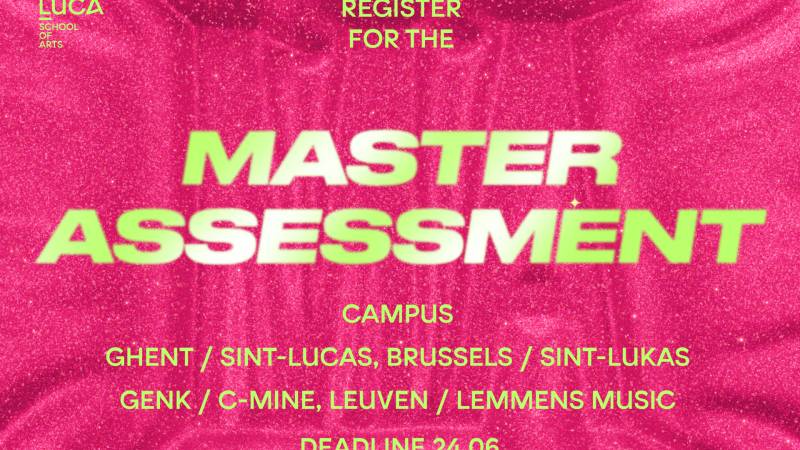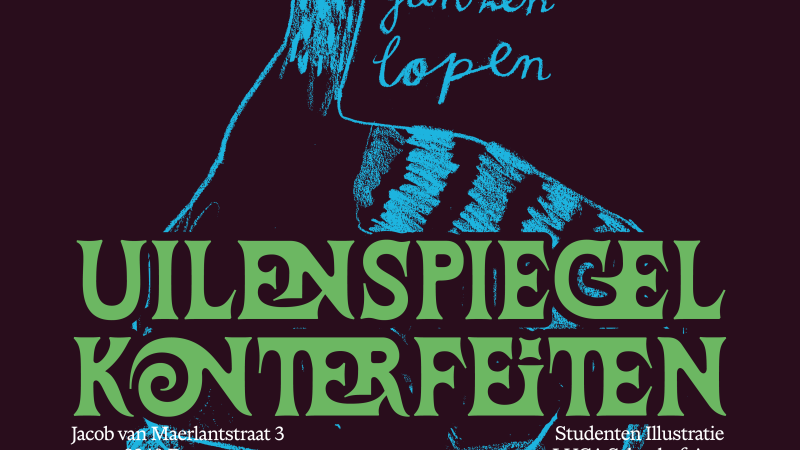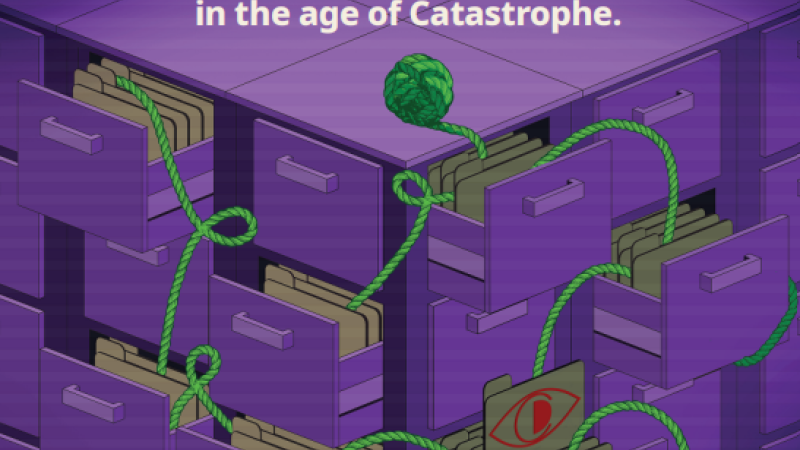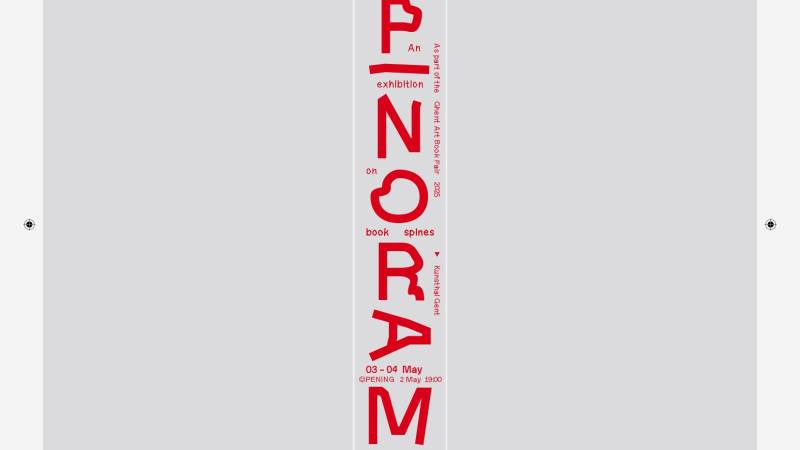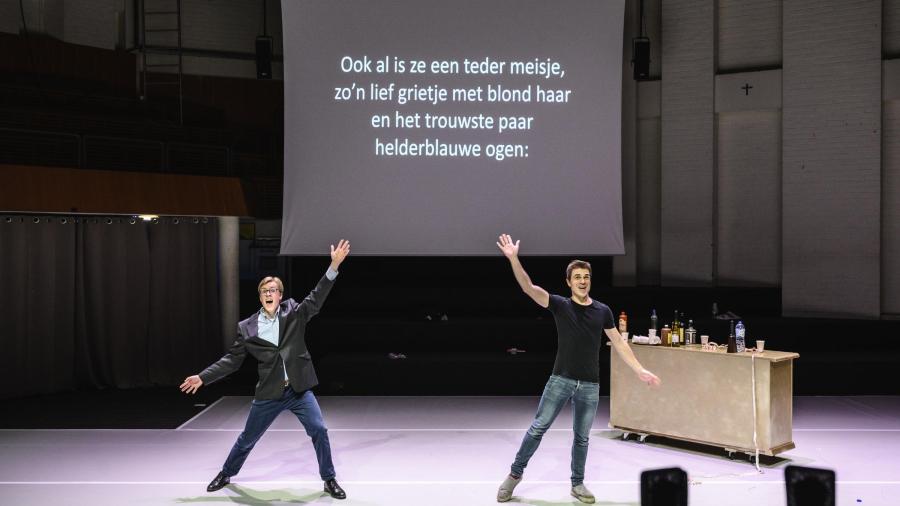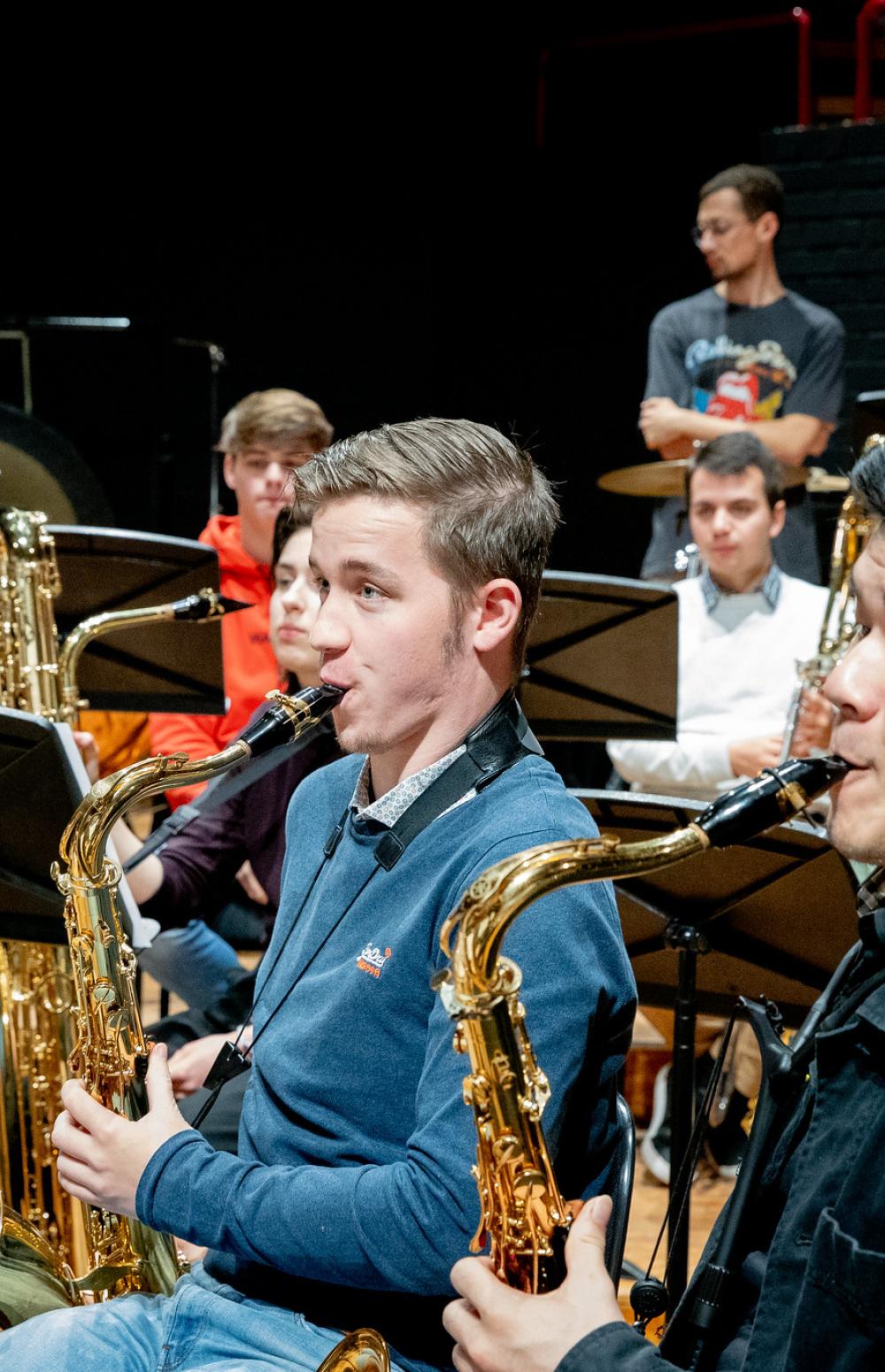
Lemmensberg 3
3000 Leuven
Concert Hall
LUCA brass & sax
conducted by Tim De Maeseneer and Kevin Houben

Programme Sax
- Bernstein: Candide Overture
- Beethoven: Symfonie nr. 5, deel 1
- Shostakovich: Kamersymfonie nr. 110a (arrangement door studenten)
- Mozart: Serenade nr. 11 in Es, deel 1 en finale
- Houben: Valley of the Pinios
Programme Brass
- Fanfare pour Précéder La Peri’, P. Dukas
- Hymn to Humanity, F. Glorieux
- Flying back to base, J. De Maeseneer
- Spain, C. Correa (arr. R. Bissill)
-
Jeaulousy, R. Bissil
Unlike the opera Candide by American composer Leonard Bernstein (1918-1990), the overture to the opera was a great success. It is one of the most performed and appreciated orchestral works in the contemporary repertoire. The opera itself never found the success Bernstein did earlier with West Side Story. Much appeared to be due to the libretto by Lillian Hellman, which failed to achieve the same finesse and layering as Voltaire's novel on which it was based.
Although Symphony No 5 (1808) by Ludwig van Beethoven (1770-1827) seems to start in simplicity, with an apparently short and simple motif, those four notes became the most debated in Western music history. The short-short-short-long motif, which weaves its way throughout the symphony and keeps imposing itself as a recurring, restless feature, adds to the restless nature of the work. Beethoven therefore wrote his fifth symphony during a very turbulent period in his life: not only had Napoleon's army reached Vienna, Beethoven was also beginning to suffer from severe hearing problems. The intriguing nature of the work did not fail to make it one of the most popular symphonies ever written. Various theories circulate about the exact nature of the motif: Schindler saw in it the ‘fate’ that would ‘knock at the door’, but this proposition is debunked by many a musicologist. Carl Czerny, a pupil of Beethoven, commented that it depicts the song of the yellowhammer.
The Kammersymphony Opus 110a in c minor is an arrangement by Rudolf Barshai of Dmitri Shostakovich's String Quartet No 8 Opus 110 in C Minor. Shostakovich wrote it during the turbulent years of the Communist regime in the Soviet Union, when he was forced to join the Communist Party. The inscription ‘to the victims of fascism and war’ suggests that Shostakovich is secretly referring to the victims of any totalitarian regime. Prior to its premiere in Leningrad in 1960, the Borodin Quartet is said to have played the work aloud to Shostakovich himself, who was heavily moved by the performance and rendition of the emotions he had put into it.
Wolfgang Amadeus Mozart (1756-1791) composed his Serenade No 11 in E-flat in 1781. The brief he wrote with his father reveals that he wrote the work ‘very carefully’. With it, Mozart hoped to attract the attention of Joseph von Strack, house musician to Emperor Joseph II. He even added two oboe parts to the original score, hoping the work would thus fall even more into the emperor's favour. However, the emperor, who was more partial to opera and ballet, proved unimpressed. Still, the addition of the oboe provided an extra layer, which does not leave many a musician unmoved.
Valley of the Pinios by the Belgian composer Kevin Houben (1977) also captured the imagination. Situated atop the high calcareous sandstone rocks that stand out like fingers against the sky are the monasteries of Meteora, one of the world's holiest sites. Meteora, which is Greek for ‘rocks in the sky’, is located in the region of Thessaly in north-central Greece and overlooks the valley of the Pinios. They have always attracted people's attention: from the first settlements of the Paleolithic era over hermits and ascetics, to the monastic orders of the present day. These monastic orders have their origins in refugees who sought refuge from religious oppression during Turkish rule some five hundred years ago. These eagle nests offered them refuge high above the rugged terrain. Some hang like baskets - hence the name: hanging monasteries - 2 to 600 metres above the ground. They became a centre of education and art until the mid-18th century. Currently, six monasteries remain populated, four of which are open for visits. With improved road infrastructure and growing tourism, there is very little accretion of young monastics and many also leave the monasteries to seek the quiet of monasteries on Mount Athos, inaccessible to tourists. With this fact in mind, Kevin Houben created ‘Valley of Pinios’ on behalf of Brass Band Retie. You can hear, as it were, the wind swirling around the limestone rocks. The sacredness of the monasteries, the prayers, the solitude, ... but also the vastness of the valley and the beauty of nature.
Buy your tickets below.
Free for staff and students of LUCA/KSO
